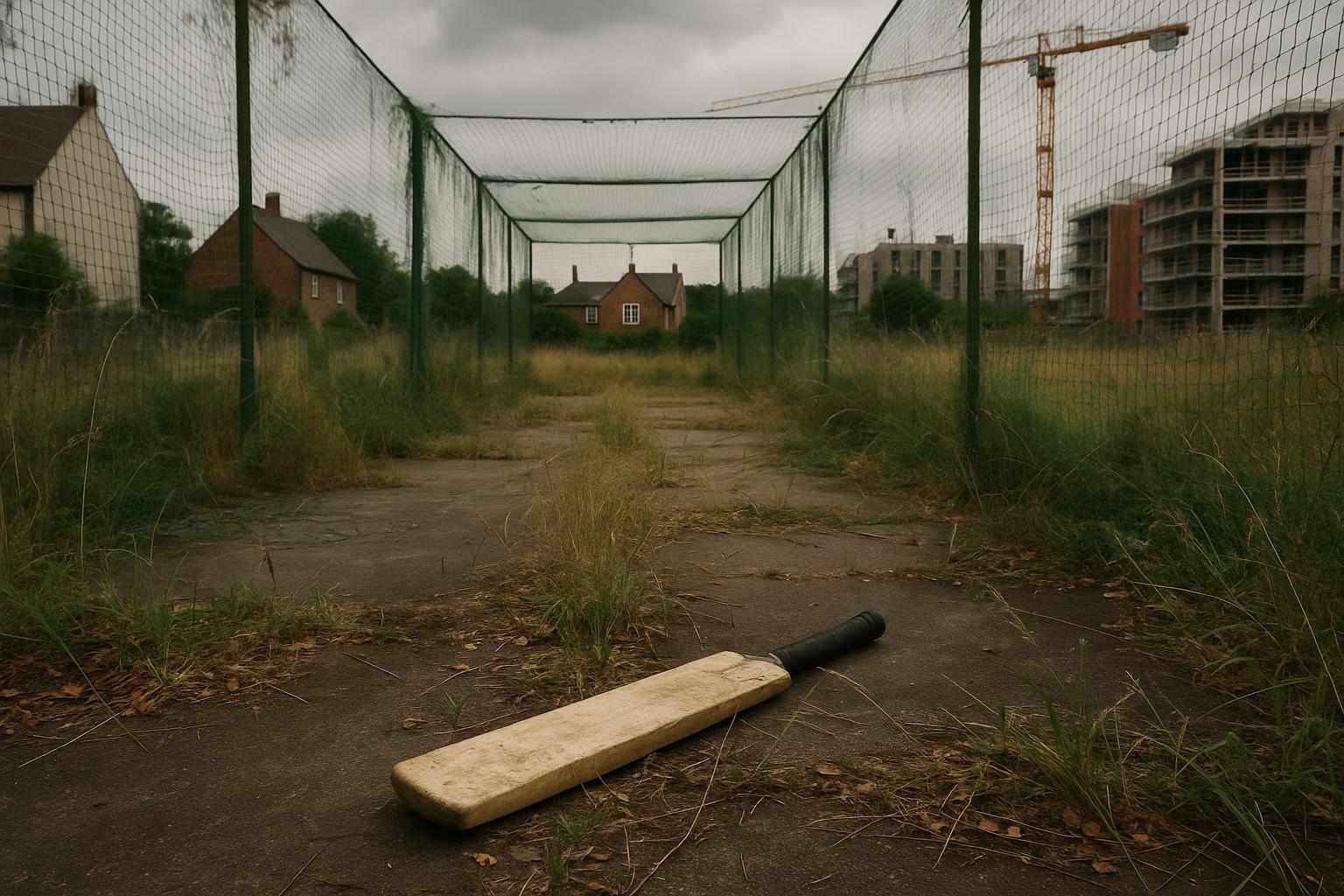A quiet, rural enclave on the outskirts of London, Crews Hill in Enfield, is poised for an unprecedented transformation. Known primarily for its garden centres, nurseries, and the historic Crews Hill Golf Club, this small community of just 566 residents is on the cusp of becoming a significant new town featuring thousands of new homes. This ambitious development forms part of a broader government initiative to alleviate England’s ongoing housing crisis by identifying key sites capable of large-scale housing projects.
The New Towns Taskforce, a government-backed body established to spearhead such projects, has identified Crews Hill and neighbouring Chase Park as prime sites for development. Plans suggest these adjoining areas could together support up to 21,000 new homes, with an aspiration that half of these be affordable to meet diverse community needs. This figure marks a dramatic shift for the area, which has traditionally been valued for its green belt status and pastoral character.
Local authorities, including Enfield Council, envision a thoughtfully designed community that goes beyond housing. The blueprint includes the creation of new schools, GP surgeries, and substantial improvements in public transport infrastructure – such as new east-west bus routes and increased train services at Crews Hill station. The plans also aim to boost local employment through thousands of new jobs and propose enhanced walking and cycling routes to improve accessibility and encourage sustainable travel.
Integral to the redevelopment is the Enfield Chase Restoration project, which seeks to balance urban expansion with environmental stewardship. This initiative intends to rewild over 1,000 hectares of former farmland by introducing wetlands, ponds, and new green spaces for public enjoyment. Such efforts reflect a commitment to preserving nature amidst construction, creating a community surrounded by accessible natural landscapes.
The prospect of this new town has been met with cautious optimism locally. Councillor Ergin Erbil, leader of Enfield Council, described the plan as a “once-in-a-lifetime opportunity” that could enable families to grow and thrive within the borough. He emphasised the council’s intention for residents to play an active role in shaping the development, ensuring it aligns with community needs and aspirations. Mr Erbil highlighted the focus on family-sized homes, council housing, and quality public amenities, signalling a shift toward inclusive urban planning.
Crews Hill’s heritage as a centre for gardening remains a key feature. The area hosts some of the largest garden centres in the region, including the well-established Enfield Garden Centre, which has operated since 1977 and is renowned for its extensive plant variety and unique windmill structure. Meanwhile, the historic Crews Hill Golf Club, founded in 1920 and designed by the famed architect Harry Colt, continues to attract golf enthusiasts through its picturesque oak-lined fairways and panoramic views of the London skyline.
However, the development ambitions are not without controversy. Critics express concern over building on green belt land, historically protected to prevent urban sprawl and maintain open spaces. Yet, proponents argue that Crews Hill’s designation includes mostly low-value land comprising nurseries, a golf course, and lower-quality greenfield areas, which presents a unique opportunity to release less environmentally sensitive green belt land for much-needed housing. Government reports emphasise the necessity of such releases as part of efforts to address acute housing shortages in the capital and its environs.
In related initiatives, a developer recently proposed a separate scheme on Green Belt land at Strayfield Road in Crews Hill to construct 58 affordable homes alongside ‘live-work units’ and office space, focusing on utilising previously developed land to meet housing demands. Such projects complement the wider vision for the area by aiming to provide flexible housing solutions that blend residential and commercial needs.
Enfield Council’s broader housing strategy includes plans to build thousands of homes across green belt sites like Chase Park and others adjacent to Crews Hill. These steps form part of a draft local plan designed to meet borough-wide housing targets, despite facing opposition from local campaigners concerned about the preservation of green belt land and the actual affordability of the housing proposed.
As the plans for Crews Hill and Chase Park move forward, the emphasis remains on collaboration between government bodies, local authorities, and residents. There is a universal acknowledgment that while the housing crisis demands urgent action, the development must be balanced, sustainable, and beneficial to current and future communities. Residents are expected to be consulted continually, ensuring that as Crews Hill transitions from village charm to vibrant new town, its character and environment are respected and enhanced.
📌 Reference Map:
- Paragraph 1 – [1], [4]
- Paragraph 2 – [1], [2], [5]
- Paragraph 3 – [1], [2], [7]
- Paragraph 4 – [1], [2], [5]
- Paragraph 5 – [1], [2]
- Paragraph 6 – [1], [3], [4]
- Paragraph 7 – [1], [5], [7]
- Paragraph 8 – [6]
- Paragraph 9 – [7], [2]
- Paragraph 10 – [1], [2], [5]
Source: Noah Wire Services
